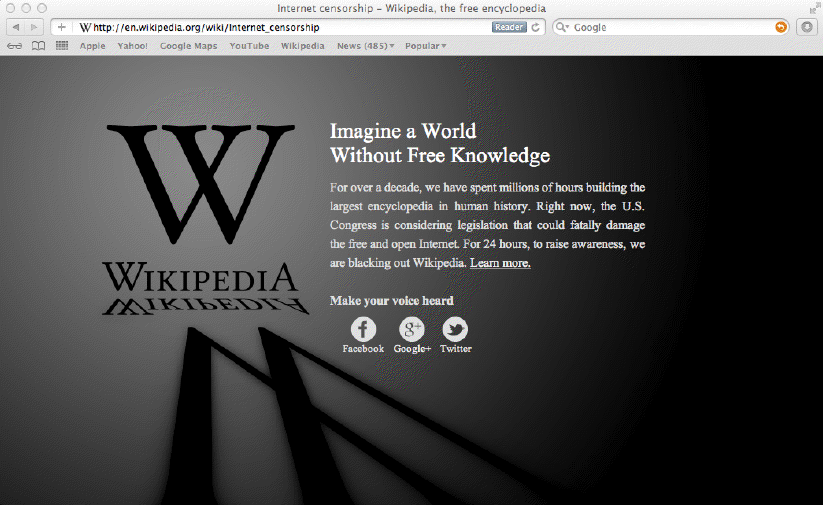In the last few weeks I’ve been involved in three workshops/symposia which, in different ways, were all about a single topic: evidence-based policy and decision-making. (The subjects were: evidence-based policy in learning technology; the future of research-intensive universities; and understanding social networking.) One thought that has surfaced in all three events is that they were at least partly about making decisions in very complex social systems — which of course leads to an obvious question: can complexity science (or what one might call “social physics”) be of any use in this context?
I did some initial speculation about this in Chapter 5 of my new book, but worried that I’d lose my target audience if I delved too deeply into graph theory etc., and so left it at the speculative level. But the idea persists: can complexity science help in policy formation?
This morning I came on a fascinating article by two German physists, Tiago Peixoto and Stefan Bornholdt, who have modelled pricing behaviour in certain kinds of distributed markets — e.g. that for petrol at the pump. The most intriguing outcome of their work is the idea that cartel-like behaviour can be an emergent property of these markets.
Why is this interesting? Well, to date, our instinctive regulatory responses to situations where a large number of suppliers magically agree on a price is to assume the existence of a cartel. No smoke without fire, and all that. But if Peixoto and Bornholdt are right, then that may not always be true.
The dynamics undergoes [sic] a transition at a specific value of the strategy update rate, above which an emergent cartel organization is observed, where individuals have similar values of below optimal trustworthiness. This cartel organization is not due to an explicit collusion among agents; instead it arises spontaneously from the maximization of the individual payoffs. This dynamics is marked by large fluctuations and a high degree of unpredictability for most of the parameter space, and serves as a plausible qualitative explanation for observed elevated levels and fluctuations of certain commodity prices.
Fascinating stuff. Interesting also that the authors don’t see “dynamics” as a plural noun. Perhaps they regard it as the same as ‘economics’ or ‘mathematics’?




